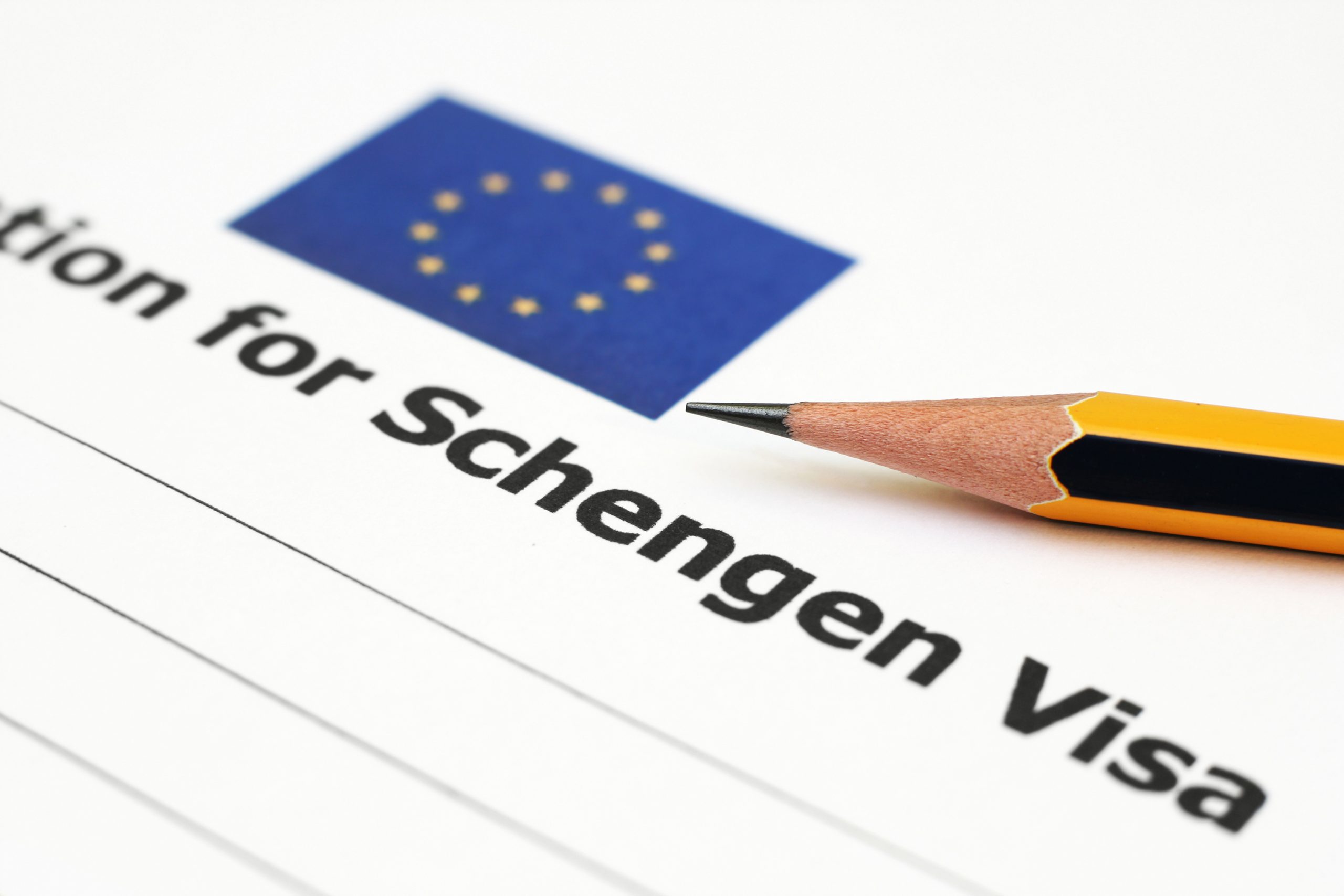
Applying for a Schengen Visa takes time. What’s most important is to fill out every part of the application form correctly and gather all the supporting documents you need to submit. Here is what you need to know about the main elements of your Schengen Visa application.
Through its establishment in 1985, the Schengen Area countries have abolished internal borders for citizens, visa holders, and nationals of certain countries while applying the same rules for the area’s external borders. This block-wide border policy facilitates free-movement within the 26 Schengen countries.
A successful visa application thus provides access to a whole host of European countries for 90 days. Different types of Schengen Visas exist, including a short-stay (90-day) and an airport transit visa for people travelling onward.
Where and When to Apply a Schengen visa application
You need to apply at the Consulate of the country where you plan on spending the longest time. If you intend to spend equal periods in multiple Schengen countries, choose the Consulate of the country where you will cross the border into the Schengen Area.
Some countries may not have an embassy in your area. You can check with your chosen Schengen country’s Immigration Office to find out where to apply.
In general, it takes approximately 15 days for Consulates to process Schengen visa applications. If consular staff require additional documents, this process may take up to 30 or even 60 days. Anyone travelling to Europe should apply at least three weeks before departure.
The Schengen Visa Application Form
The embassy of your choice will provide you with a Schengen Visa application form in paper or electronic format. The application form must be completed in English or in the official language of the Member State for which a visa is requested.
Questions 1-20 cover all personal details of the applicants and of dependants if applicable. 21-24 deal with employment and the reasons for travelling to the Schengen Area.
This set of questions precedes a series of enquiries on the trip itself, including points of entry, countries the applicant intends to visit, and the number of entries the applicant is requesting.
Question 28 covers the fingerprint collection determining whether the applicant has previously submitted them.
In the final three questions, you will provide information on whether you’ve received an invitation from a business, where you will stay during your trip, and on how you plan on supporting yourself (and dependants) financially during your stay in the Schengen Area.
You need to sign a declaration at the end of the application form, confirming that you are aware of the need to have medical insurance, agree to the relevant data collection and protection arrangements and declare that the information you’ve supplied is truthful and correct.
Documents You Need to Submit
The documents you need to submit alongside your application are equally as essential. Here’s a list of the paperwork you need to gather:
- Passport, valid for at least three months after you leave the Schengen Area with two or more empty pages and have been issued within the previous ten years
- Fully completed and signed application form for each person applying. Parents or guardians need to sign their children’s forms
- ICAO-standard photograph
- Visa fee
- Flight reservations/tickets
- Evidence of financial means to support yourself throughout your stay
- Documentation showing your accommodation booking/lease
- Schengen block-wide medical and hospital insurance policy with a minimum cover of 30,000 and validity for your entire stay
- Documents relating to the purpose of your travel including invitations
- When you submit your application, the Consulate collects your fingerprints if the country you’re in is operating the Visa Information System. Not all applicants need to submit fingerprints.
- Some applicants lodge their Schengen Visa application via a service provider. Doing so is likely to incur a fee.
Application Processing and Decision
Usually, Consulates take 15 days to process an application. However, if staff require additional information, you may have to wait 30 or 60 days before you receive notification of the decision.
What Happens if Your Application Is Unsuccessful
The Consulate informs applicants whether their application was successful. If the response is negative, applicants will receive the reasons for the refusal in writing and can appeal the decision. The Ministry of Foreign Affairs of your chosen Schengen State will guide you through the appeals process.
Applicants are free to reapply, taking on board the reasons for the initial refusal and making the necessary changes.